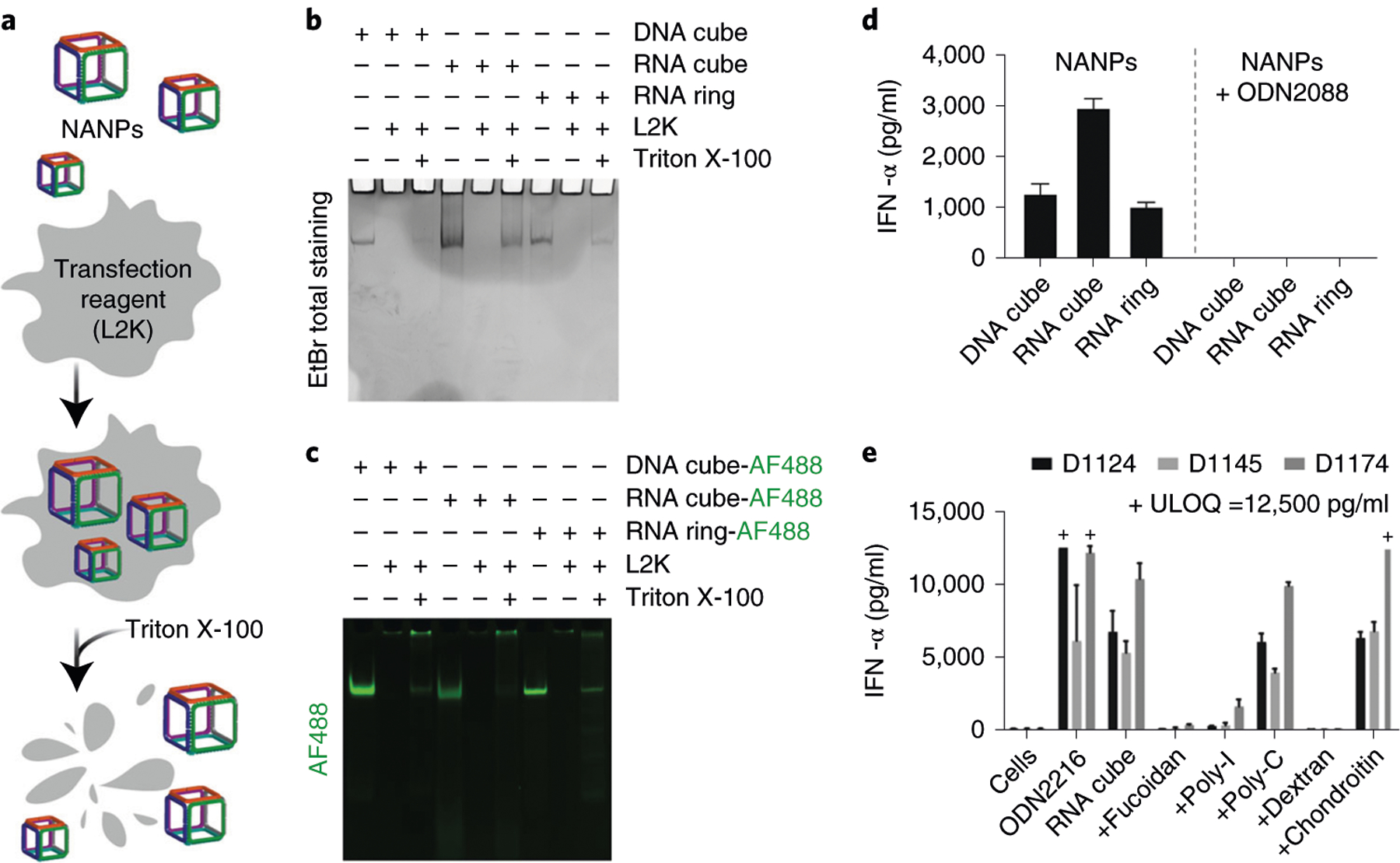Fig. 3 |. Verification that NANPs retain structural integrity upon complexation with Lipofectamine 2000, and of their cellular uptake.

a, Schematic representation of NANPs’ association with L2K, followed by their release upon detergent (Triton X-100) treatment. b, Ethidium bromide (EtBr) total staining native PAGE, indicating formation of NANPs, their complexation with L2K, and successful release upon treatment with Triton X-100. c, NANPs labeled with Alexa Fluor 488 (AF488) form complexes with L2K and retain their structural integrity upon detergent-mediated release. Note that in b and c, NANPs’ complexation with L2K prevents their entering the gel, whereas treatment with Triton X-100 restores NANPs’ electrophoretic mobility. d, Inhibition of NANPs’ inflammatory response due to TLR recognition. ODN2088 is the oligonucleotide that blocks the function of all endosomal TLRs. Each bar shows a mean response of three independent samples (N) and a standard deviation (N = 3) for each of three donors. e, Inhibition of the inflammatory response due to NANP uptake via scavenger receptor. ODN2216 is an oligonucleotide known to stimulate the IFN response and is used as a positive control; fucoidan, poly-I and dextran are known inhibitors of the scavenger receptor, whereas poly-C and chondroitin are non-specific (i.e., non-inhibitory) controls for poly-I and dextran, respectively. Each bar shows a mean response of three independent samples and a standard deviation (N = 3) for each of three donors. Each sample was tested in duplicate on an ELISA plate (%CV <25). The data used in d and e are reproduced with permission from ref.25, American Chemical Society. ODN2208 is a CpG DNA oligonucleotide with mixed backbone; ODN 2216 is a CpG oligonucleotide and TLR9 agonist; fucoidan is a complex polysaccharide; poly-I is polyinosinic acid; poly-C is polycytidylic acid; chondroitin is a glycosaminoglycan; dextran is a complex branched glucan. D, donor number; ULOQ, upper limit of quantification.
